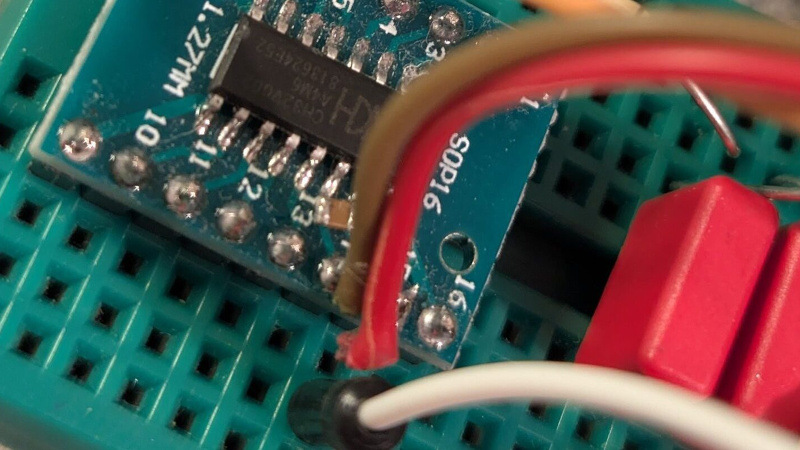Am I deciding literally two days before November that maybe it's time to do Novel Month again?
-
Am I deciding literally two days before November that maybe it's time to do Novel Month again? Maybe? Because I have literally hundreds of other more important things to do, and you know I'm going to avoid doing critically important things in a timely manner by any means necessary.
Also, still hilarious that creative people hate AI so much that promoting it literally killed NaNoWriMo instantly and people just kept on doing the thing under another name.
-
Am I deciding literally two days before November that maybe it's time to do Novel Month again? Maybe? Because I have literally hundreds of other more important things to do, and you know I'm going to avoid doing critically important things in a timely manner by any means necessary.
Also, still hilarious that creative people hate AI so much that promoting it literally killed NaNoWriMo instantly and people just kept on doing the thing under another name.
@swelljoe To clarify, do you think creative people were wrong to hate AI that much? I'm not sure myself.
-
@swelljoe To clarify, do you think creative people were wrong to hate AI that much? I'm not sure myself.
@matt I think that the people who write novels for Novel Month were entirely in the right to shun the NaNoWriMo folks for selling out their community to AI grifters.
Whether there is a valid role for AI in creative writing, perhaps the jury is still out. But, I hate AI-generated prose. Not merely dislike it or find it worrying for ethical reasons...I hate reading it. So, if AI-generated prose is to be a part of writing novels going forward, I think those novels will probably suck.
